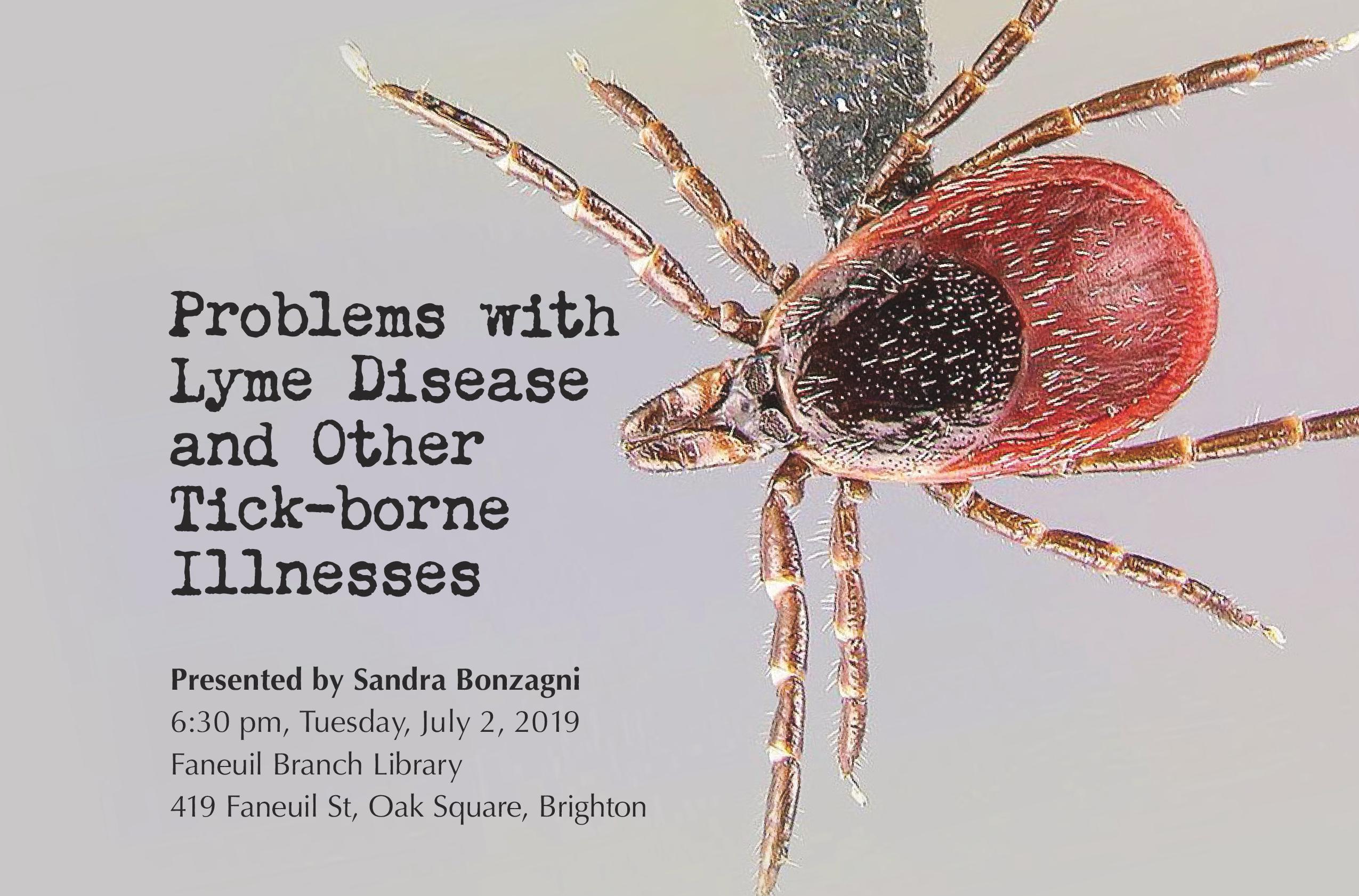
1 As a result, the final case counts published by CDC do not necessarily match the annual cases reported by each state. 2, 6, 7, 8 Second, individual states collect their data independently and asynchronously, and may close their annual surveillance dataset at different times of the year.

2, 6 First, health surveillance data are subject to each state’s ability to capture and classify cases, while each state has different surveillance practices and policies, which can also vary year to year depending on budgetary and personnel constraints. 6 Although this data has been collected since 1991, many limitations in these surveillance methods make under-reporting and misclassification common in Lyme disease monitoring.
JACKSON LAB TICK BORNE DISEASE DOXY MANUAL
1, 5 Current methods of data collection include the diagnosis of Lyme disease by physicians, confirmation of the disease by laboratory testing, manual data collection by state and local health departments, and systematic aggregation of these cases at CDC through the National Notifiable Disease Surveillance System. Most existing models are based on manually collected statistics that are often significantly delayed, inconsistently aggregated, and cover only a subset of jurisdictions. Historically, public health surveillance for Lyme disease has been limited by insufficient fidelity and lack of timeliness in reported observations. Experts have recently begun to recognize the inaccuracy and lack of sensitivity in diagnosing Lyme disease, as well as the need to develop new strategies to measure Lyme disease. These numbers showcase the need to develop more effective methods for monitoring the spread of the disease, which affects the health of millions of individuals in the US, since cases accumulate over time. This study led the CDC to identify that close to 300,000 Americans are affected by Lyme disease each year, making the true incidence of Lyme disease in the United States ten times higher than previously reported. 1, 2 However, to gain a more comprehensive case count of Lyme disease infections, a new research investigation was recently conducted by the CDC, where researchers acquired new data from health insurance claims, clinical laboratories, and surveyed the public for self-reported Lyme disease incidents. 1 A common public health approach traditionally used to count Lyme disease cases has been based on reports submitted by doctors. It is transmitted to humans through a bite of an infected tick, and until recently was believed to affect approximately 30,000 Americans each year. Lyme disease (borreliosis) is a common tick-borne illness caused by the bacterium Borrelia burgdorferi. Our analysis of treatment searches may also help reduce misdiagnosis of the disease. Public health implications of our work include monitoring the spread of vector-borne diseases in a timely and scalable manner, complementing existing approaches through real-time detection, which can enable more timely interventions. Importantly, using web search data allows us not only to assess the incidence of the disease, but also to examine the appropriateness of treatments subsequently searched for by the users. We evaluate Lymelight using the official case count data from CDC and find a 92% correlation ( p < 0.001) at county level. We use a machine-learned classifier of web search sessions to estimate the number of individuals who search for possible Lyme disease symptoms in a given geographical area for two years, 20. We introduce Lymelight-a new method for monitoring the incidence of Lyme disease in real-time. Existing estimates of Lyme disease spread are delayed a year or more. Lyme disease is the most common tick-borne disease in the Northern Hemisphere.


 0 kommentar(er)
0 kommentar(er)
